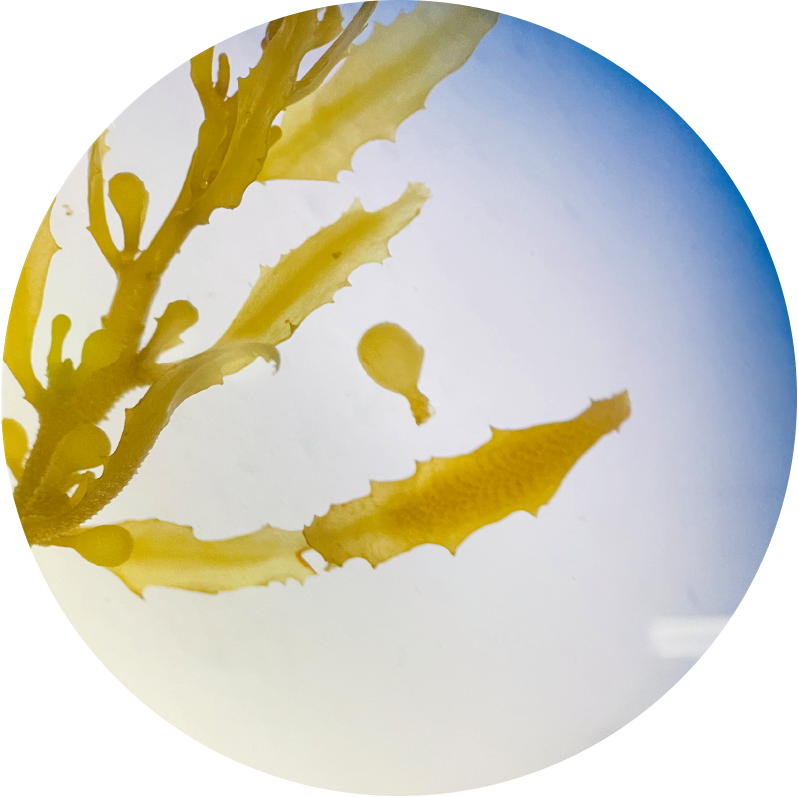
About this project
Climate change has become a topic and a reality in the lives of many people around the world. We discuss and experience – depending on where we are – heat, droughts, storms, warmer ocean temperatures, and melting ice. What is much less discussed, however, are algae blooms, even though they have also become a reality for many people around the world. The frequency of their appearance, their volume, and the areas in which they are spreading are all increasing. While algae have always been an important companion species for humans and non-humans – they produce oxygen, store carbon dioxide, and are a pivotal source of food – ‘too much of the good stuff’ can cause severe concerns. Currently, the Caribbean, Florida, Cape Verde, and Ghana face such a situation: In 2011, atypical influxes of Sargassum – a floating, brownish macroalgae – has begun washing up on the shores, entailing far-reaching socio-ecological changes.
This website is based on my publications and lectures, and the research project that builds the foundation for this website is hosted at Würzburg University at the Chair for European Ethnology/Cultural Analysis, where it has become part of a larger research framework on multi-species studies. The aim of this website is to enable experiencing and better understanding the many ways in which Sargassum transforms the Caribbean. Visitors of the website can find out more about the various human perspectives on and ways of dealing with Sargassum and develop an idea of how the algae changes the everyday life of fish, turtles, and whale sharks, or of sand, water, and palm trees. These interactions are selections and do not claim to be complete: we have long not known about all the changes and dynamics Sargassum entails.
About Laura
In 2019, I encountered Sargassum for the first time and I vividly remember that day. As I rode my bicycle from Tulum Pueblo to the beach, the closer I got, the more I noticed a strong, pungent smell. Curious about its origin – was it trash or simply the scent of the sea? – I continued my bike ride. Upon reaching the shore, the secret was revealed: I witnessed towering mounds of seaweed, a swarm of flies, and my nose began to itch. While most others would turn away, I pondered, “What is happening here?” I was intrigued by the question of how the algae transforms coasts, of how people think about and interact with it, and wondered what the socio-ecological impacts are.
That trip to the Mexican Caribbean marked the beginning of many years of Sargassum research to follow. Since that day in February of 2019, Sargassum has become a daily topic in my life – both in scientific pursuits and conversations with friends and strangers. I am grateful for the openness of the people in the field, the multitude of insights and impressions, and the opportunity to contribute, perhaps in a small way, to a better understanding of current climate change phenomena. The ambivalent practices in dealing with Sargassum fascinate me, as the algae is neither purely bad nor solely good, and over the years, I have become a Sargassum enthusiast. One of my friends whom I met during fieldwork in Mexico once told me: “Your passion for Sargassum is infectious!” I hope that I can share some of my passion with you through this website.

